
 Where do the dead go? It's very easy, actually: They (we) are reborn according to their karma, their just desserts, which are not necessarily immediate. The results (vipaka) of their actions (karma) will be experienced, but when that is depends on a matter of chance rather than strict order and necessity. And this has led to a lot of confusion and doubt about what sages and mystics tell us.
Where do the dead go? It's very easy, actually: They (we) are reborn according to their karma, their just desserts, which are not necessarily immediate. The results (vipaka) of their actions (karma) will be experienced, but when that is depends on a matter of chance rather than strict order and necessity. And this has led to a lot of confusion and doubt about what sages and mystics tell us.A mystic can develop the third or divine eye (dibba cakkhu) and see "bad" people going to a good place or vice versa, and if they teach this from their own experience, many will be misled to assume that there is no result of actions when there is.
The random element that determines the next rebirth is the final moment of consciousness. That is not what it sounds like. That moment is very, very short. So we are not talking about what the deceased was thinking about in general but rather what in specific was passing through the mind. What is "mind," what is "consciousness"?
"Mind" is four of the Five Aggregates Clung to as Self minus form (body). Consciousness is the fifth aggregate, vinanna, composed of a stream of very quickly moving cittas or "moments." (Similarly, form or materiality is composed of quickly rising and falling "particles" called kalapas in Buddhism).
There is no self "here," but we cling to awareness and experience as if it were personal, as if it were us, as if it were our "soul," "ego," "personality," or "I." Pulled by that wrong view, we experience again and again the mental resultants (vipaka) and fruits (phala) of our actions. When we "die" we will not die. CONTINUED IN PART 2























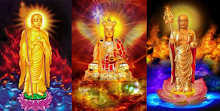



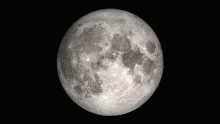














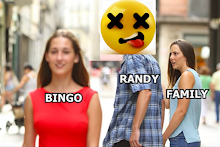
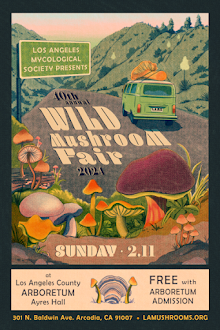

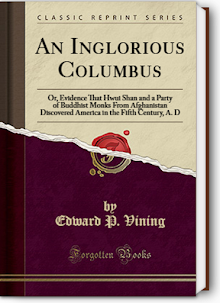


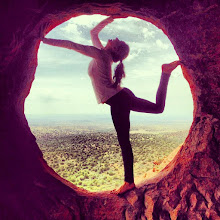
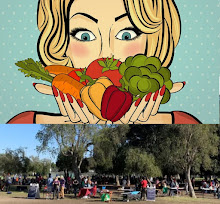
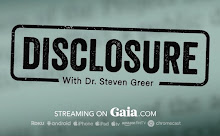








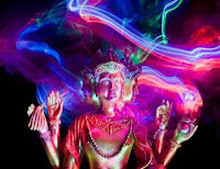


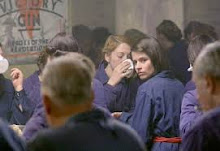






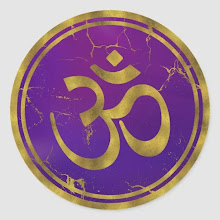





















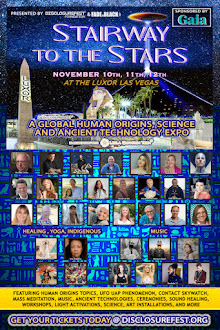


























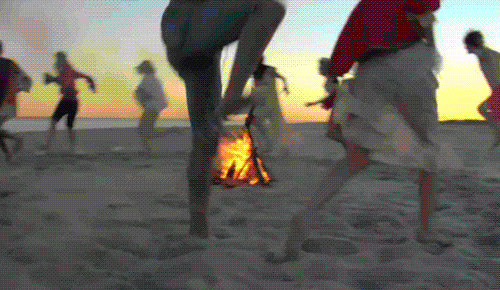





























































































































No comments:
Post a Comment